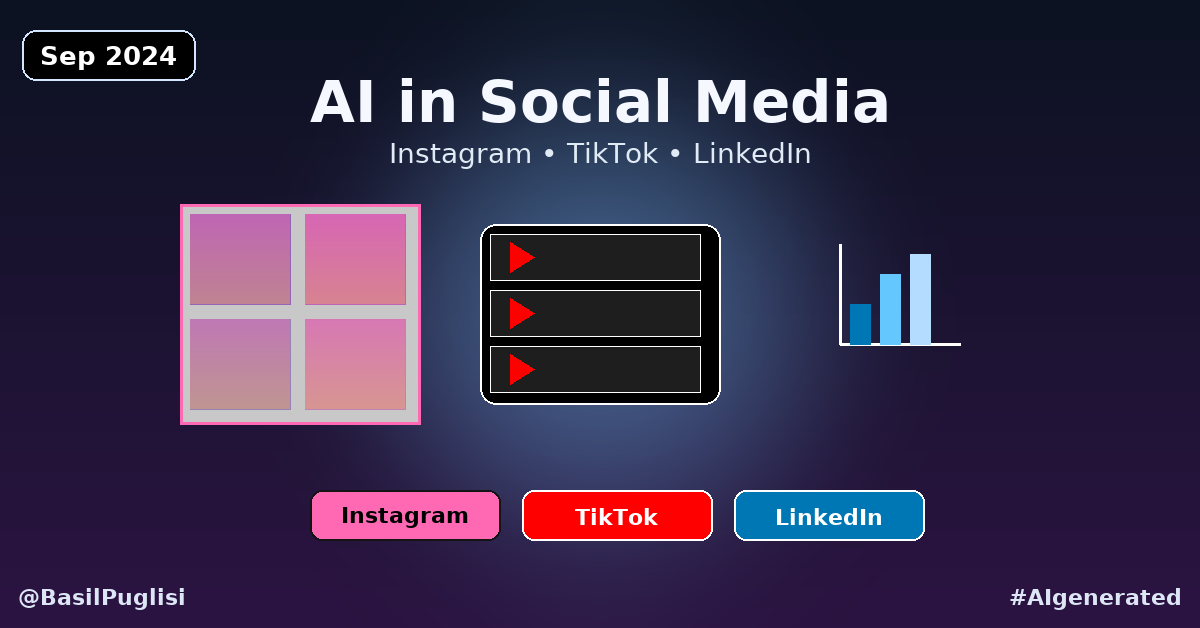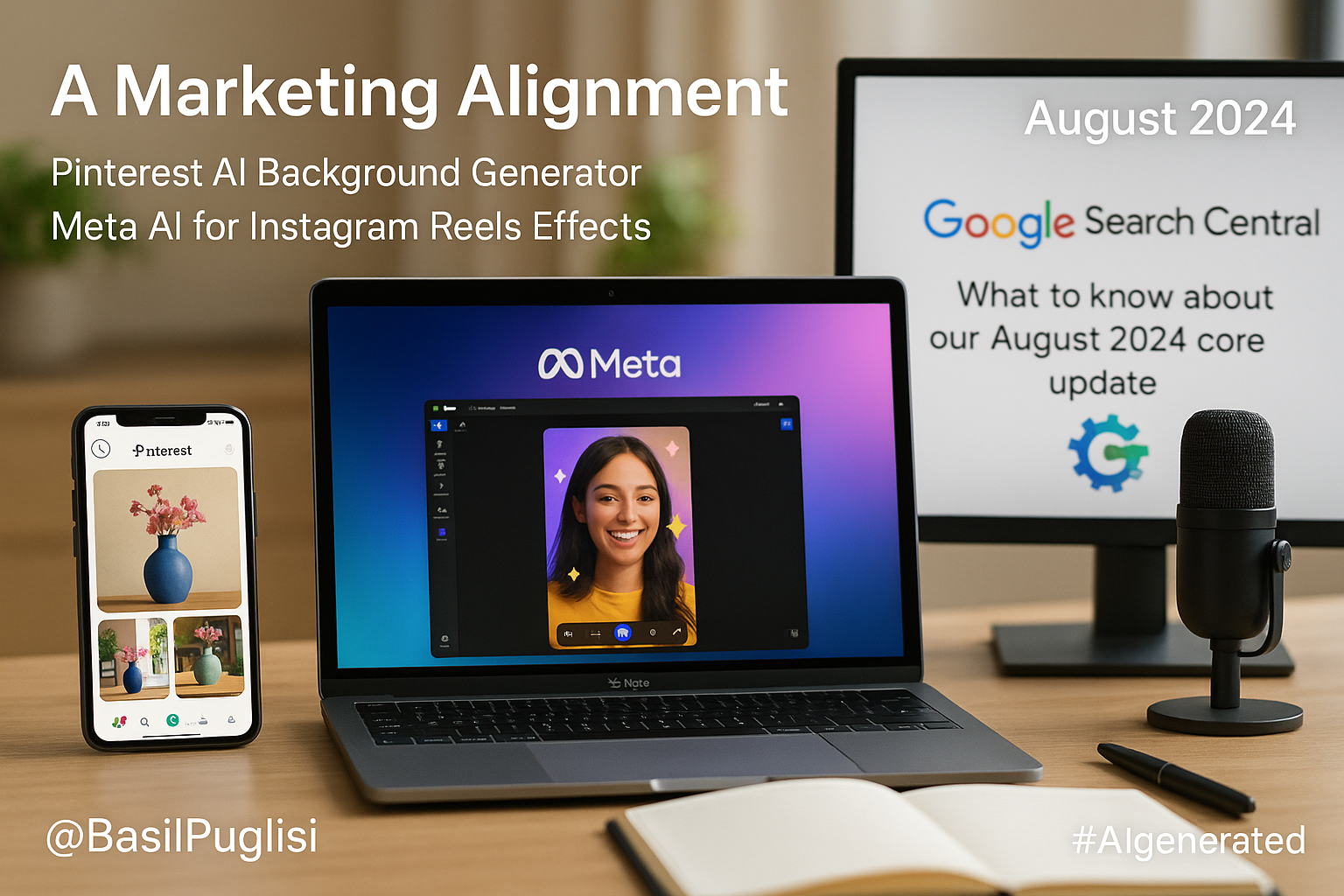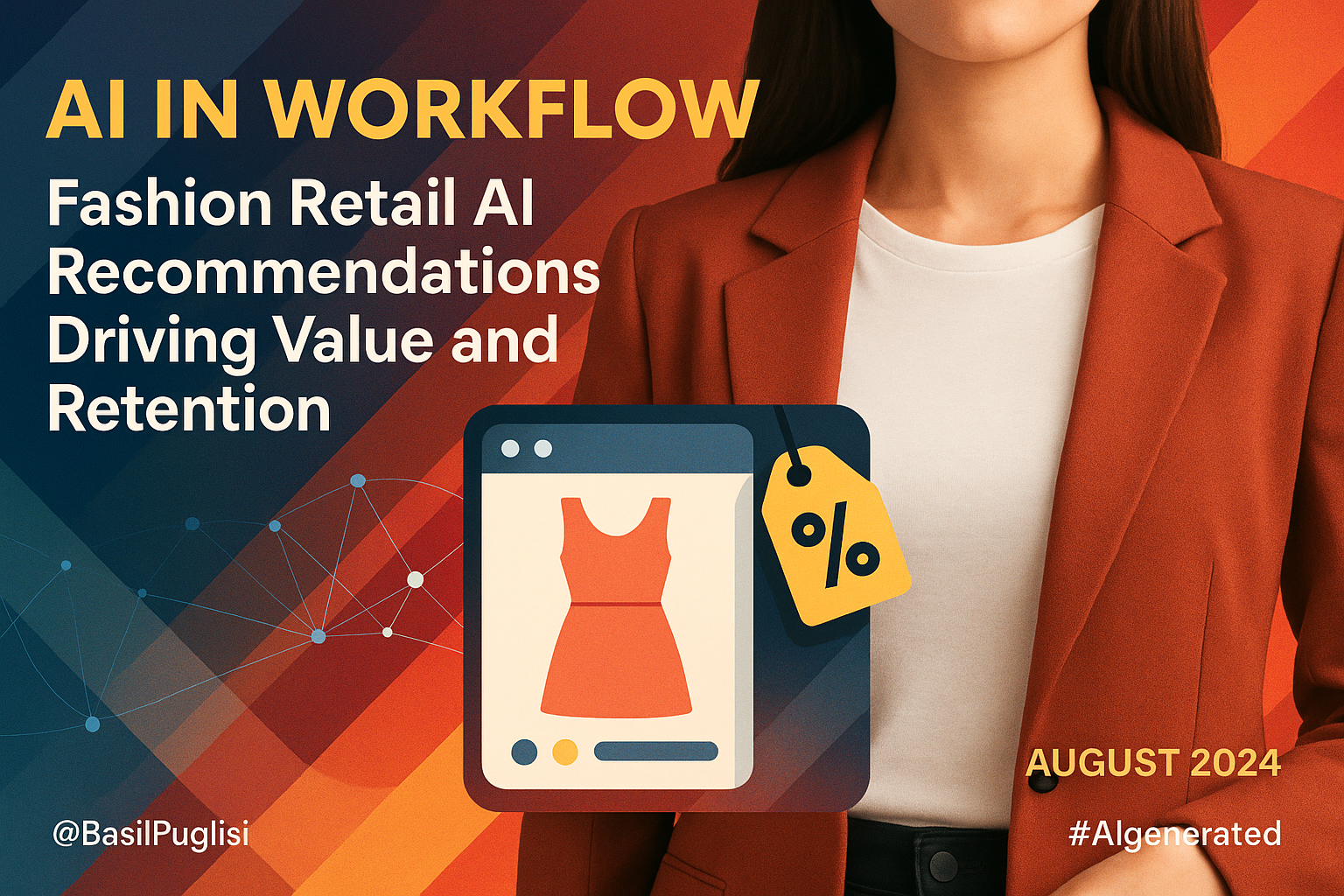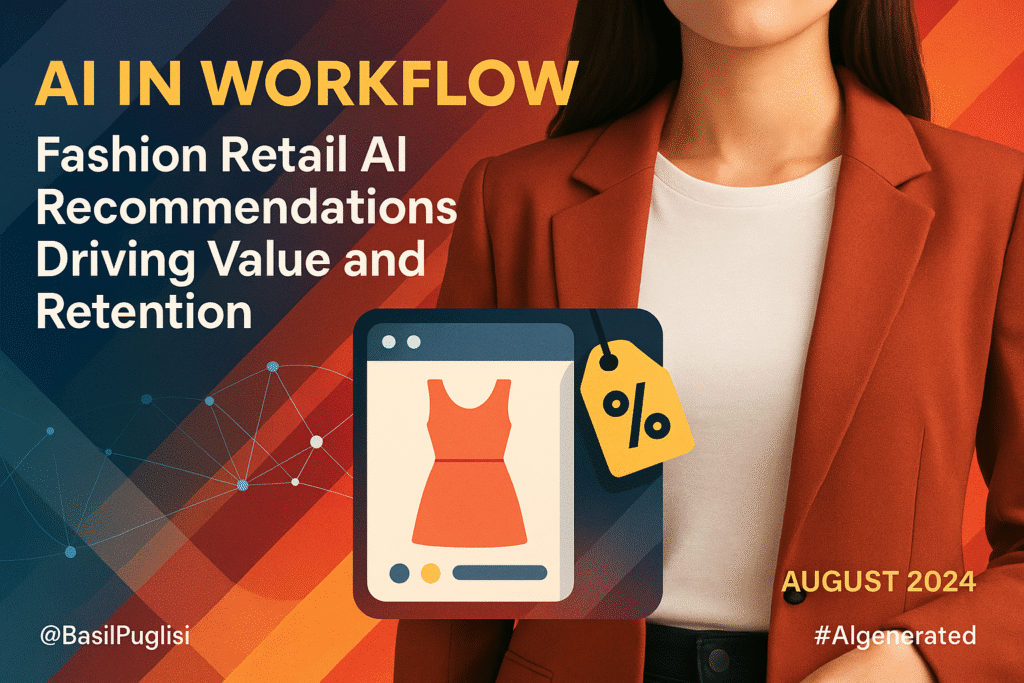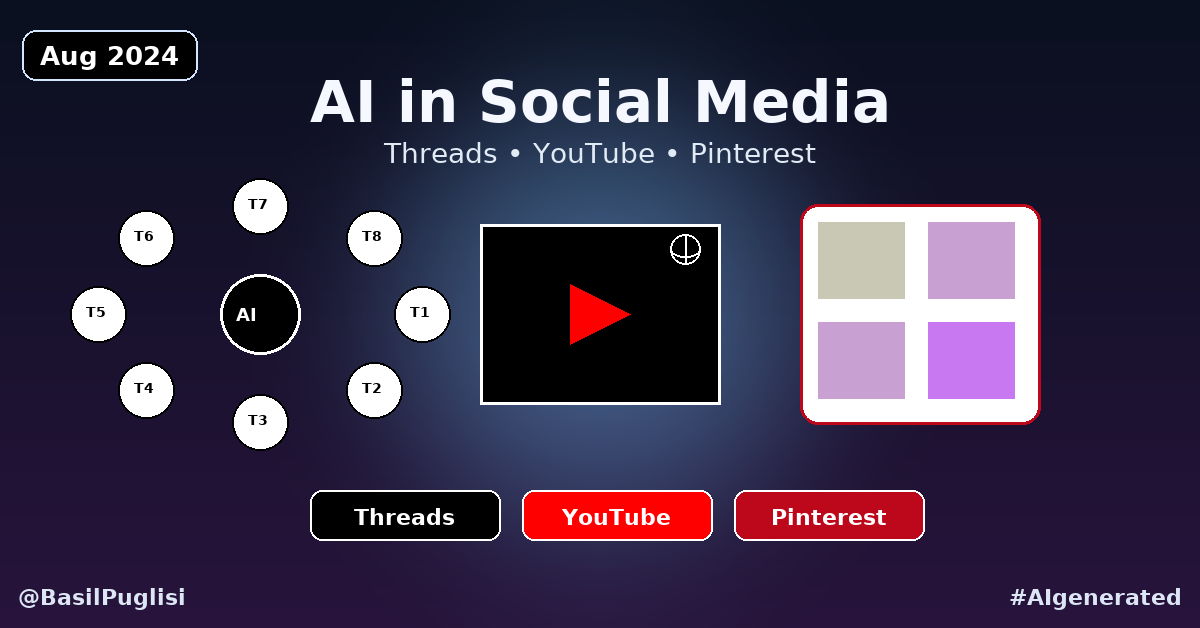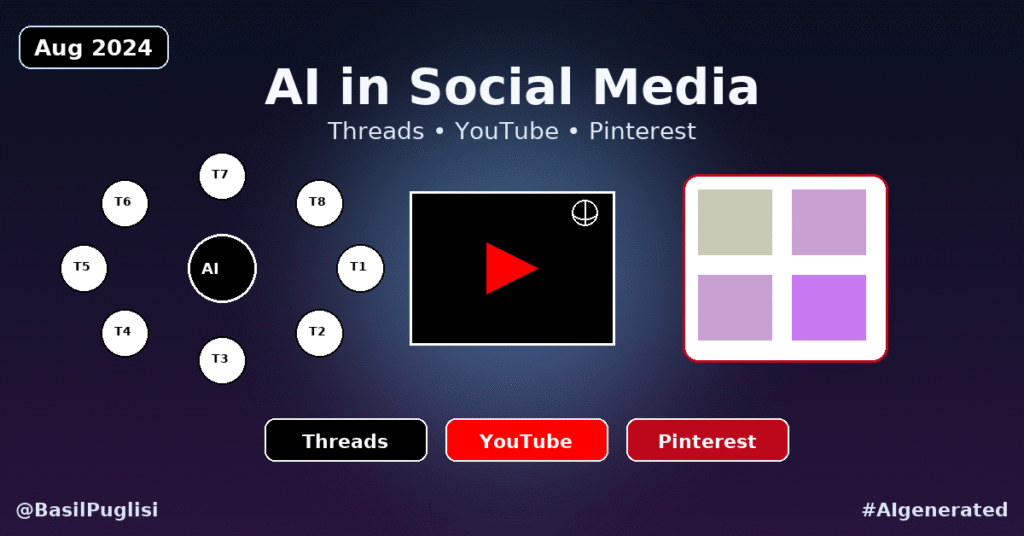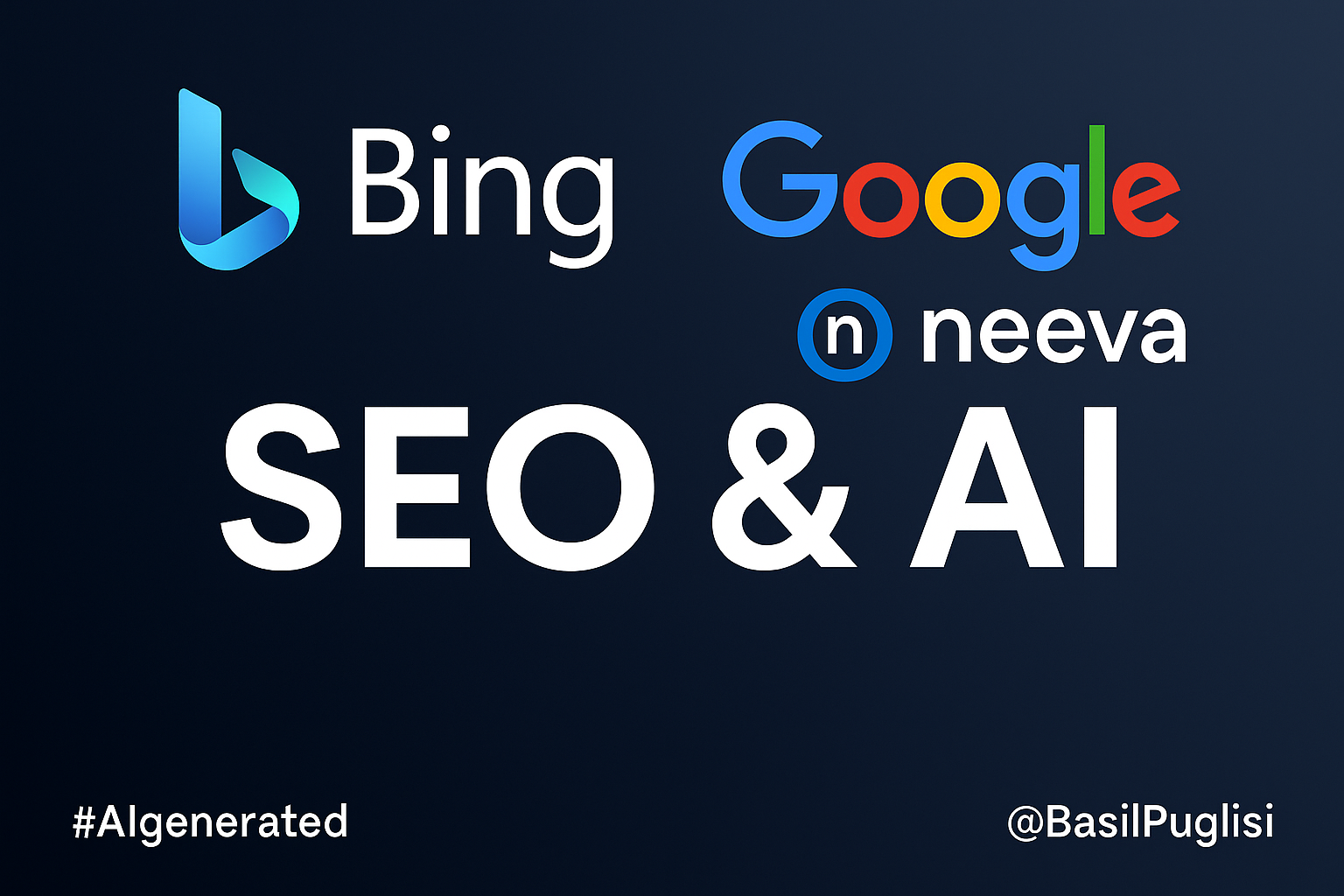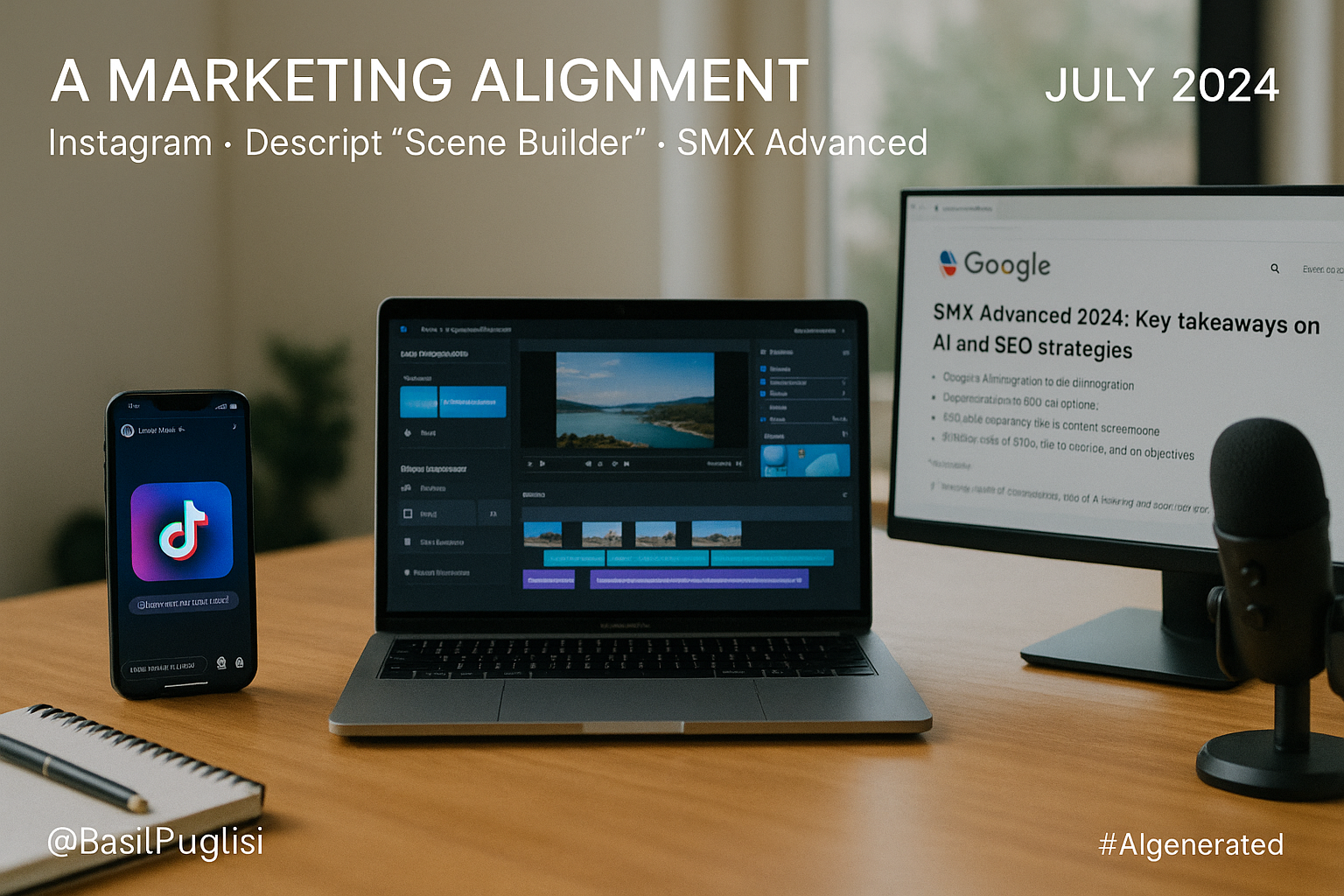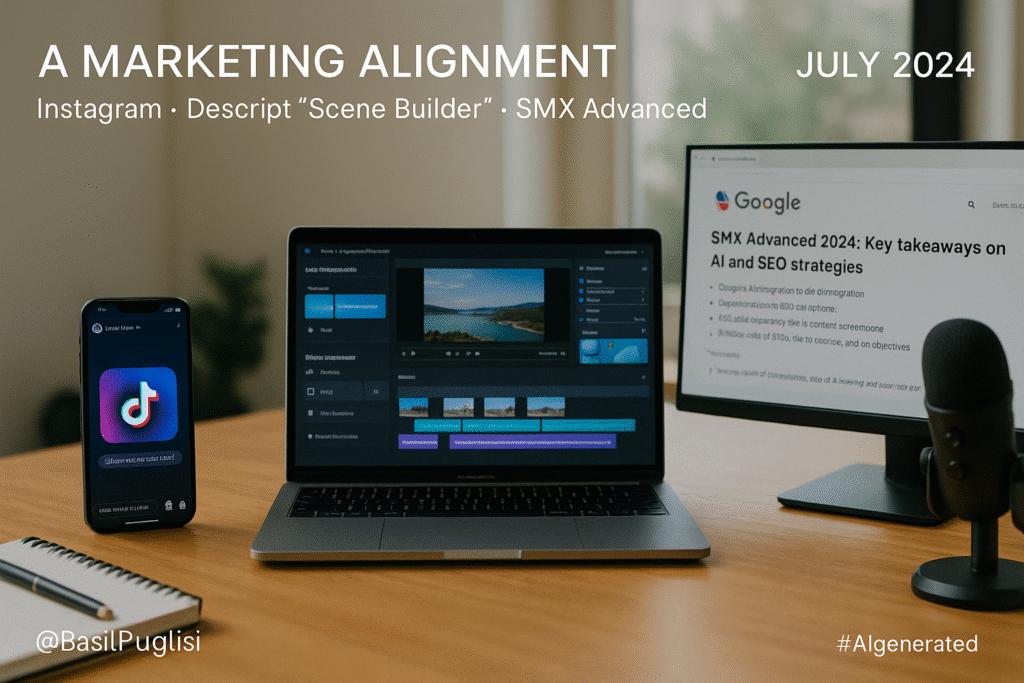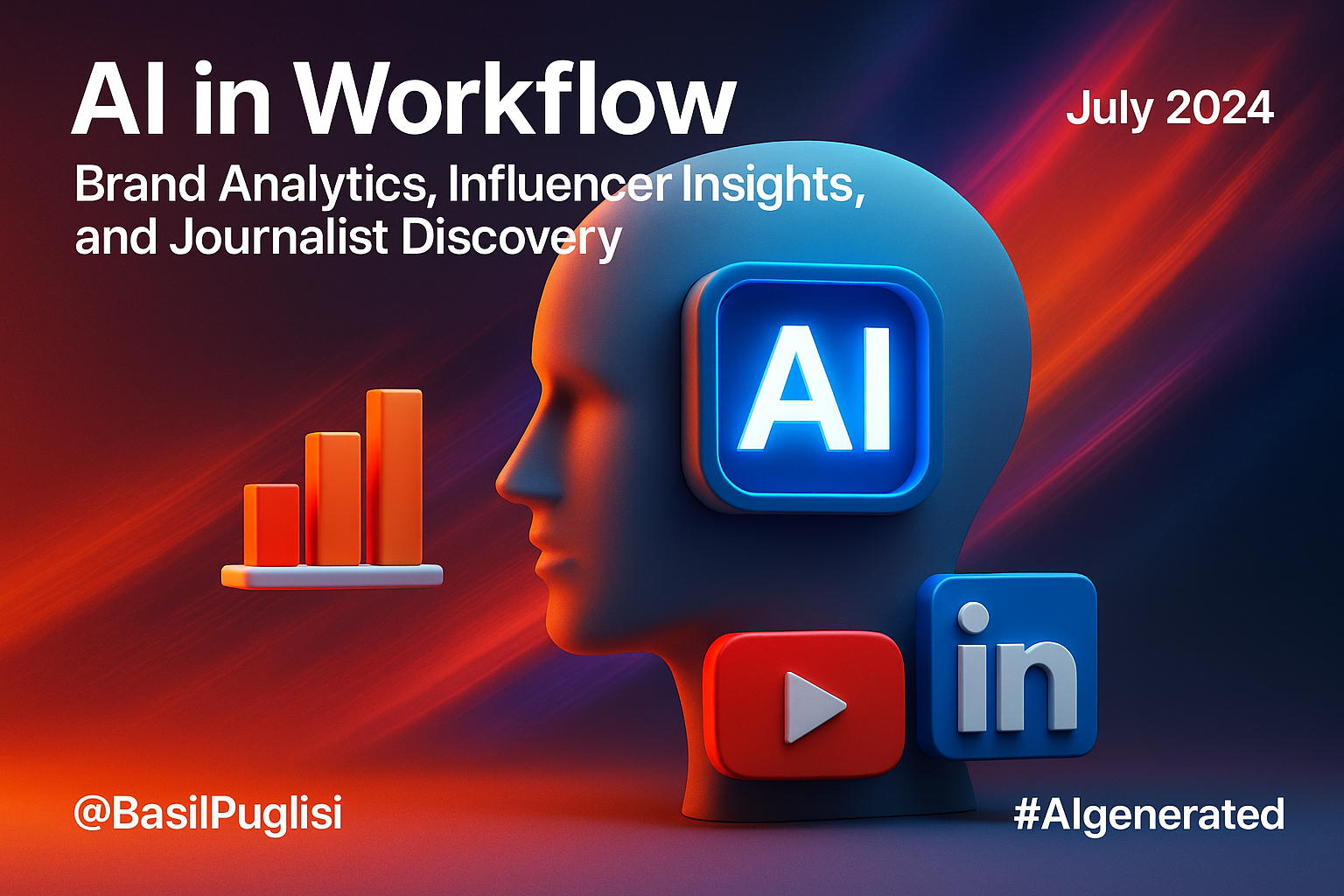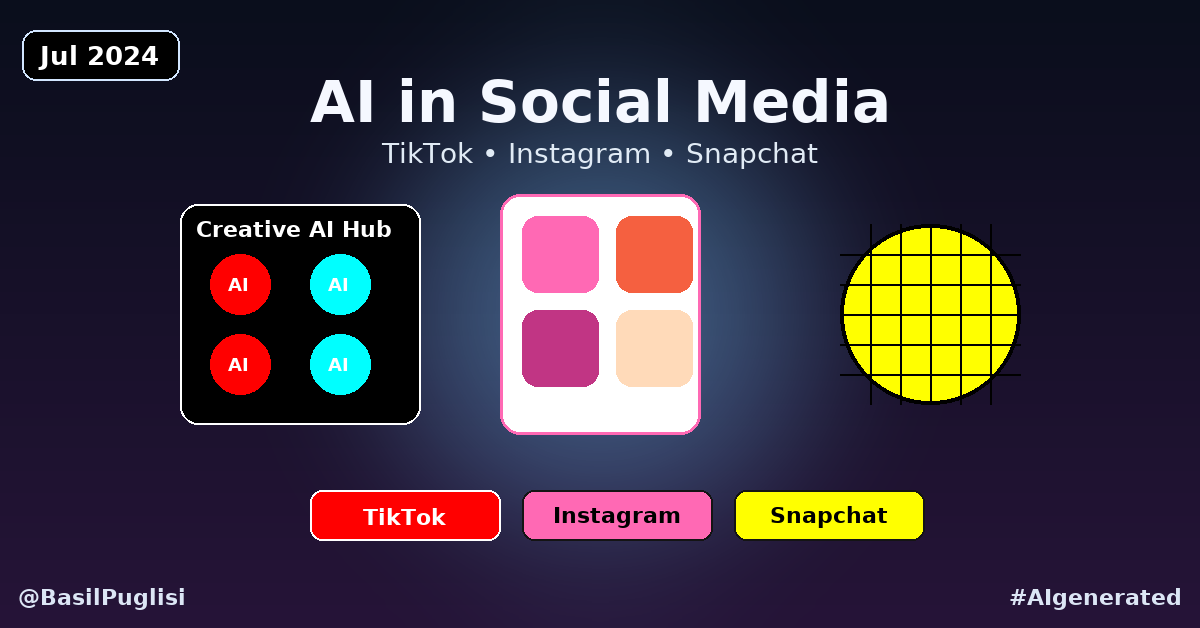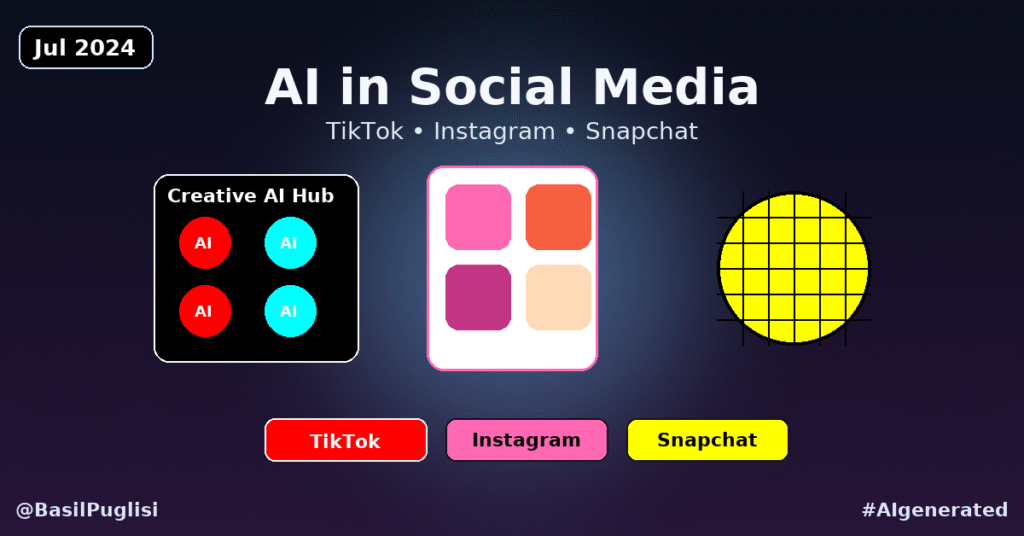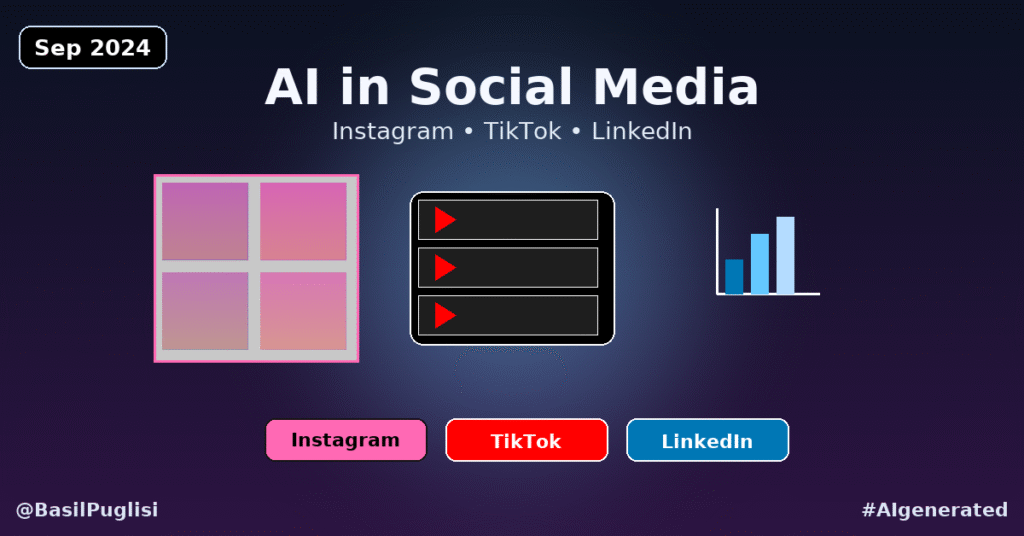
What Happened
Instagram is rolling out AI-powered style filters that instantly apply cohesive visual aesthetics across images and videos, giving creators and brands a new shortcut to consistent branding. TikTok is debuting AI storytelling tools that help map out scripts, scene sequences, and recommended effects, making narrative-driven content easier to produce. LinkedIn’s latest AI skill insights break down platform-wide hiring trends, showing which capabilities are rising fastest in demand.
On August 7, YouTube introduced its AI Video Ideas Tool, offering data-backed concepts to spark creator inspiration. Just two weeks later, X launched its AI Bot Directory on August 21, a searchable index that spotlights automated accounts, adding a new layer of transparency to platform engagement.
Who’s Impacted
B2B – Agencies can standardize campaign aesthetics in seconds, prototype narrative ads faster, and align recruitment strategies with hard data on emerging skills.
B2C – Creators gain access to intuitive production tools that streamline storytelling, while style filters simplify personal branding and LinkedIn insights point to valuable skill-building opportunities.
Nonprofits – Advocacy groups can create consistent visuals for awareness campaigns, tell emotionally engaging stories on TikTok, and identify volunteer skill gaps using LinkedIn’s analytics.
Why It Matters Now
Fact: AI style filters eliminate the need for manual color grading and asset-by-asset editing.
Tactic: Develop a signature look and apply it consistently across all channels to strengthen recognition.
Fact: TikTok’s AI storytelling assists with script prompts and effect recommendations.
Tactic: Reduce pre-production timelines by drafting full narrative arcs in-app before filming.
Fact: LinkedIn AI skill insights provide real-time market analysis.
Tactic: Adapt hiring and training plans quarterly to stay aligned with market demand.
Key KPIs: Brand consistency score, time-to-publish, story completion rates, applicant-to-hire ratio, and engagement per narrative post.
Action Steps
1. Create a branded AI style filter for upcoming campaigns.
2. Test TikTok’s storytelling tools for short-form content.
3. Review LinkedIn skill insights to guide workforce planning.
4. Experiment with YouTube’s AI video ideas to expand your content mix.
“The most powerful AI features now work quietly in the background, letting creativity and strategy take the spotlight.” — Basil Puglisi
References
Instagram. (2024, August). AI style filters for creative branding. Retrieved from https://vamp.com/blog/social-media-updates-august-2024/
TikTok. (2024, August). AI storytelling tools for creators. Retrieved from https://ultravioletagency.com/social-media-trends-news-august-2024/
LinkedIn. (2024, August). AI skill insights and emerging trend analysis. Retrieved from https://vamp.com/blog/social-media-updates-august-2024/
Disclosure: This article is #AIgenerated with minimal human assistance. Sources are provided as found by AI systems and have not undergone full human fact-checking. Original articles by Basil Puglisi undergo comprehensive source verification.
